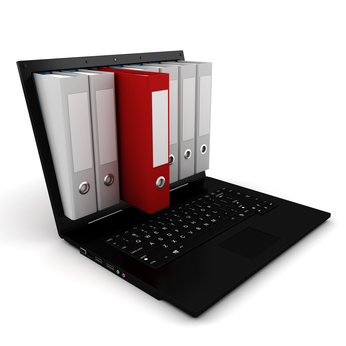By Mary Morel 23 July 2012
Many boards are moving towards reading their board papers on tablets and printing only the papers they want to scrutinise more closely. Within the next few years, most boards will be paperless and printing, binding and couriering board packs will be a thing of the past.
What will this mean for writing styles? Will writers merely PDF their Word or Excel documents without any changes?
Initially, yes, unless writers think about their audience and the experience of reading on a tablet. Reading on a tablet is similar to reading a website and when reading websites, we like our information chunked into bite-sized pieces with more subheadings than are used in print.
Good web writing is essentially more condensed than print writing and that is appropriate for board reporting where papers need to be concise, yet complete.
Shorter and more upfront
Writing succinctly is always a challenge for writers who are experts in their field. They often find it hard to stand back and untangle the detail from the higher-level concepts. But suffocating papers with detail can lead to directors not understanding the concepts and this can result in poor decision making.
Papers also need to be structured like a web page with the most important information upfront. This principle applies in print as well, but, once again, its importance is amplified when writing for tablets. I don’t think scrolling on a tablet is as easy as flicking through a pile of paper.
First words matter
Even though directors need to read all board papers thoroughly, we all tend to skim-read more on websites and tablets. When writing for skimmers, first sentences in paragraphs and first words in bulleted lists and sentences must grab attention and give the reader an idea of what is to follow.
Starting bullet points with filler phrases such as There is wastes space. For example, ‘There is an opportunity to save $ using X technology’ would be punchier as: ‘X technology would save $…’ Deleting one filler phrase will not make much difference, but when language is tightened throughout a document, the changes have a cumulative effect.
Layout matters
Many writers check the layout at the end, but the look of a board paper is part of the reading experience. Subheadings, short paragraphs and white space all make a board paper more attractive and easier to read.
Clarity and readability
First impressions count and a board paper that is concise and well-structured will look accessible and easy to read. And if, in addition, the content is accurate and complete, and pitched at the right level for information or decision, the papers should be clear and easy to read.

